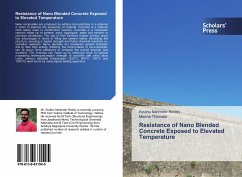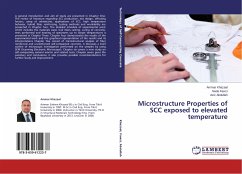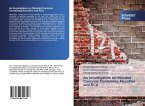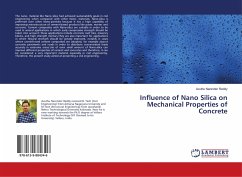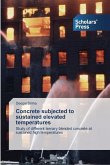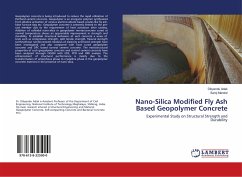Nano composites are produced by adding nano-particles to a material in order to improve the properties of material. Concrete is a material most widely used in construction industry. Concrete is a composite material made up of cement, sand, aggregate, water and mineral or chemical admixtures. The use of finer particles (higher surface area) has advantages in terms of filling the cement matrix, densifying the structure, resulting in higher strength and faster chemical reactions i.e. hydration reactions. Nano- particles can accelerate cement hydration due to their high activity. Similarly, the incorporation of nano-particles can fill pores more effectively to enhance the overall strength and durability. The fineness can reach up to molecular level by special processing techniques.Impact strength of concrete with nano silica under various elevated temperature (250°C, 500°C, 750°C and 1000°C) were found by using impact testing apparatus.
Hinweis: Dieser Artikel kann nur an eine deutsche Lieferadresse ausgeliefert werden.
Hinweis: Dieser Artikel kann nur an eine deutsche Lieferadresse ausgeliefert werden.

